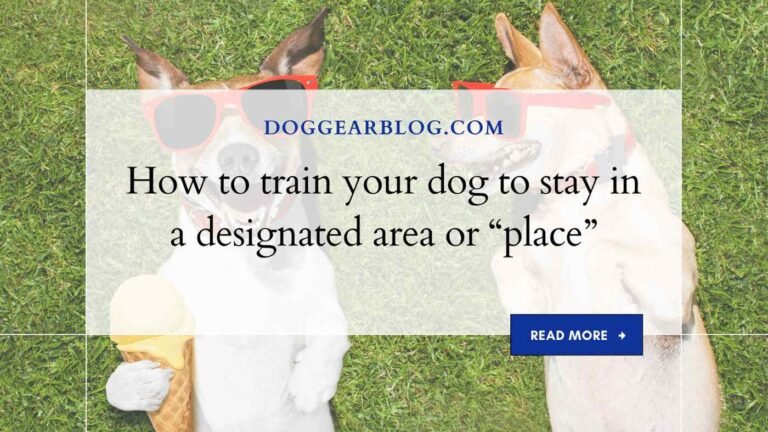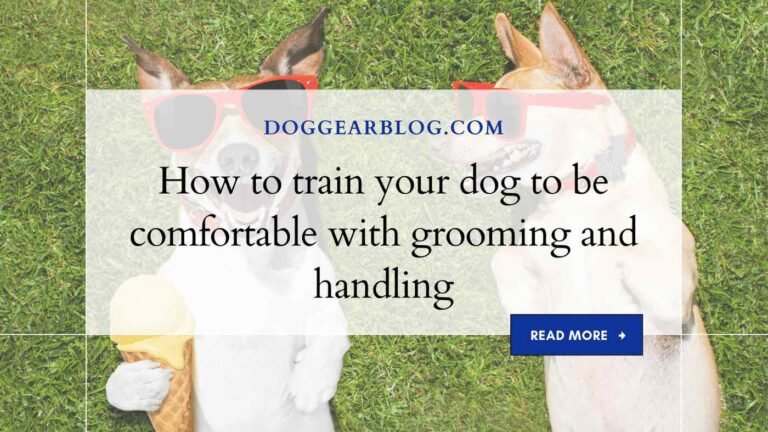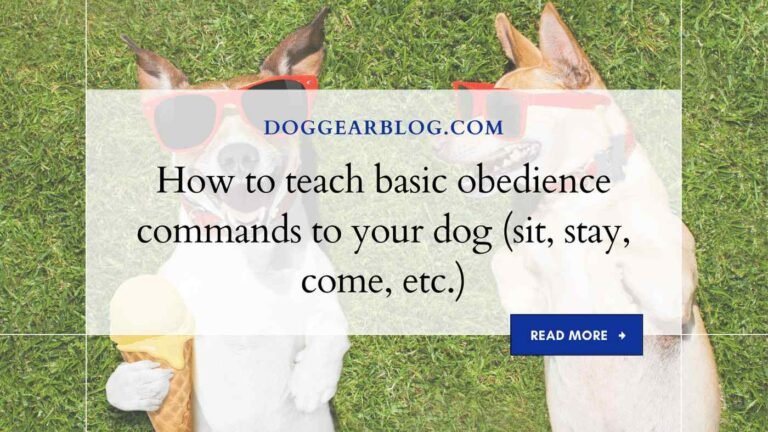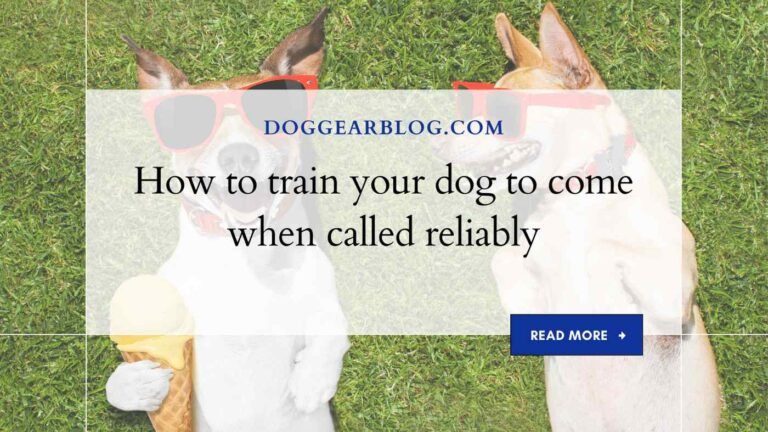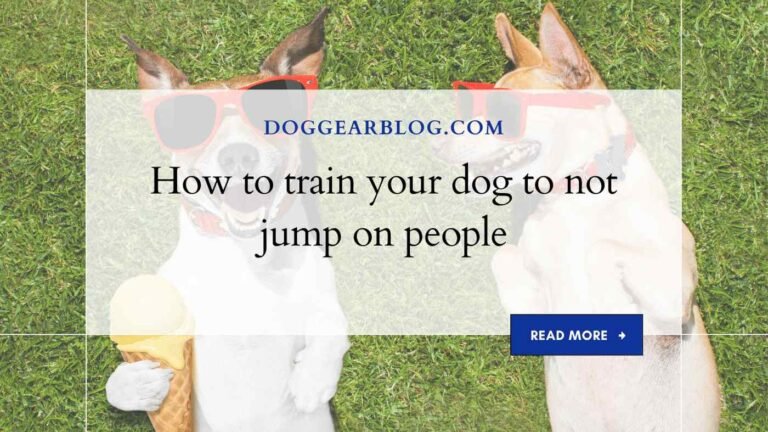How to use positive reinforcement to train your dog effectively
Are you tired of yelling and punishing your furry friend, without seeing any progress in their behavior? It’s time to switch things up and focus on positive reinforcement! Using this proven training method, you can effectively teach your dog new behaviors while strengthening the bond between you two.
In this blog post, we’ll give you practical tips on how to use positive reinforcement in a way that will make training fun for both you and your pup. Get ready to see noticeable improvements in their behavior through rewarding their good deeds!
Introduction
Positive reinforcement training is an effective way to teach dogs new behaviors. The key to success is using rewards that your dog will enjoy, such as treats, playtime, or verbal praise.
Choose rewards that are random and unexpected, and avoid using Only a few small rewards (like kibble) will often do the trick when training your dog. Constant positive reinforcement will help build trust and reinforce good behavior over time.
Start by briefly introducing the new behavior you want to teach your dog. Then, begin using positive reinforcement to reward your dog for displaying the desired behavior. If your dog shows some resistance to the new behavior, be patient and continue reinforcing positive behaviors until your dog begins to cooperate.
Be consistent with rewarding your dog for desired behaviors, and be prepared to repeat the process several times until the desired behavior is achieved.
Positive reinforcement training is an effective way to teach dogs new behaviors. The key to success is using rewards that your dog will enjoy, such as treats, playtime, or verbal praise.
Definition of Positive Reinforcement

Positive reinforcement is a powerful way to train your dog. It involves giving your dog something desirable, such as a treat or praise, in exchange for good behaviour.
There are a few things to remember when using positive reinforcement:
- Be consistent – be sure to give your dog the same treatment each time he or she performs a desirable behaviour. This will help the behaviour become conditioned (or learned) and the dog will associate that behaviour with a positive outcome.
- Avoid punishment – punishing your dog will not only upset him or her, it may also stop him or her from performing better behaviours in the future. Instead, use positive reinforcement to reward desired behaviours.
- Be patient – training your dog using positive reinforcement can take some time, but it is well worth it!
- Reward good behaviours – not just correct behaviours. When your dog is behaving in a positive manner, reward him or her with a treat, petting, or verbal praise. This will help him or her learn that good behaviour is always rewarded.
- Be consistent with your training – as with everything else in life, your dog will most likely respond better to consistent discipline.
Positive reinforcement is an effective way to train your dog, and it should be a part of every dog owner’s training arsenal.
Types of Rewards

Positive reinforcement is a training technique that uses rewards or incentives to increase the likelihood that a desired behavior will be repeated. There are many different types of rewards, but all rely on the principle that providing a valued stimulus (such as food, treats, verbal praise, or petting) will increase the likelihood that the desired behavior will be repeated.
One of the most common uses of positive reinforcement is in training dogs. By rewarding your dog for good Behavior you are helping to reinforce desirable behavior and making it easier for them to learn new commands and behaviors.
Some popular methods used to teach dogs new commands include classical conditioning (where an unconditioned stimulus [UCS] such as a sound or sight becomes associated with a desired response [DRE], such as getting a treat), operant conditioning (where behaviors are rewarded with apparatus like food or toys), and instrumental conditioning (where behaviors are rewarded with something other than reinforcement). It’s important to find out what method works best for your particular dog so you can use positive reinforcement to its fullest potential.
Another common use of positive reinforcement is in ADHD treatment. By providing a distraction (such as a favorite toy) and providing positive reinforcement (verbal praise or treats) caregivers can help to lessen the number of tantrums and allow children with ADHD to focus on tasks and learn.
Some of the most popular ADHD treatments include behavioral counseling, prescription drugs, and interventions like cognitive-behavioral therapy. It’s important to find an intervention that works for your specific child and will provide the positive reinforcement they need to improve their behavior.
Positive reinforcement is also used in addiction treatment. For example, drug addicts may be offered counseling and treatment in exchange for sobriety, but often find that they need additional support to remain sober. In these cases, providing rewards like vouchers for shopping or donated goods may help to encourage people to remain abstinent.
How to Use Positive Reinforcement in Training Your Dog
Positive reinforcement training is a tried and true method for training dogs. When used correctly, it can be an effective way to teach your dog specific behaviors. Here are five tips for using positive reinforcement in your dog’s training:
- Use small rewards consistently throughout the training process. This will help reinforce desirable behaviors and discourage unwanted ones.
- Make sure the rewards are something your dog genuinely desires. Avoid giving rewards that are too unexpected or difficult for him to obtain, as this will only frustrate him.
- Be prepared to give your dog different types of reinforcers regularly during training sessions. This will keep things interesting for him and make it more likely that he’ll remember the correct behavior.
- Be patient – some behaviors may take longer to develop with positive reinforcement than others. Don’t get discouraged; patience is key in both training and parenting!
- Celebrate progress – let your dog know how proud you are of his accomplishments, often with treats and verbal praise beforehand or after the behavior has been performed correctly! Doing so will encourage further good deeds on his part.
Positive reinforcement is an essential part of effective dog training. By using these tips, you can help your dog learn new behaviors quickly and easily.
Merits of positive reinforcement
Positive reinforcement training is one of the most effective ways to train your dog. Positive reinforcement techniques teach your dog that good behavior is rewarded, which can lead to a lifelong relationship of obedience and mutual respect.
There are many benefits to using positive reinforcement in your dog’s training:
- Positive reinforcement will help increase your dog’s confidence and trust in you.
- Positive reinforcement teaches your dog that good behavior is the key to happiness and fulfillment. This can make training much easier, as your dog will be more likely to comply with commands when it knows that correctly performing them will result in a positive response from you.
- Positive reinforcement decreases the likelihood of negative behaviors, such as aggression or destructive chewing, by reinforcing good behavior instead of discouraging bad behavior. The more rewarding treatments you give your dog for good behavior, the more likely it is to repeat those behaviors on its own accord.
- Positive reinforcement creates a “power exchange” between you and your dog – Master gives permission for Dog to act, Dog gives permission for User to control Dog’s actions . As Master, you have the power to shapeDog’s environment by providing rewards (time-out excluded), but this must be done correctly and sparingly if not used incorrectly (ie becoming abusive or withholding rewards) can create undesired outcomes for Dog, including aggression.
- Positive reinforcement is a hands-off training method that works best when paired with appropriate commands and guidance from a trainer or handler.
Conclusion
Positive reinforcement training is a tried and true method that can be used to train your dog effectively. By providing rewards for good behavior and using the right level of reinforcement, you can help your dog learn what is acceptable and desirablebehavior. This type of training isn’t about punishing your dog; it’s about teaching them what will make them happy, which in turn will make them obedient and well-mannered.

